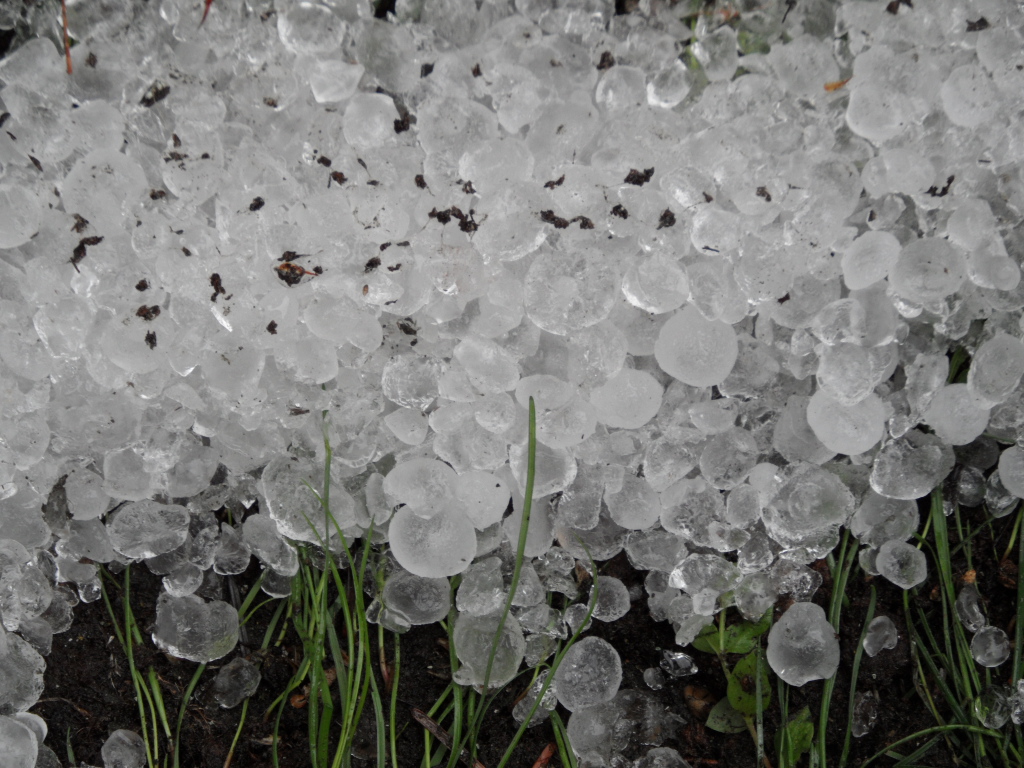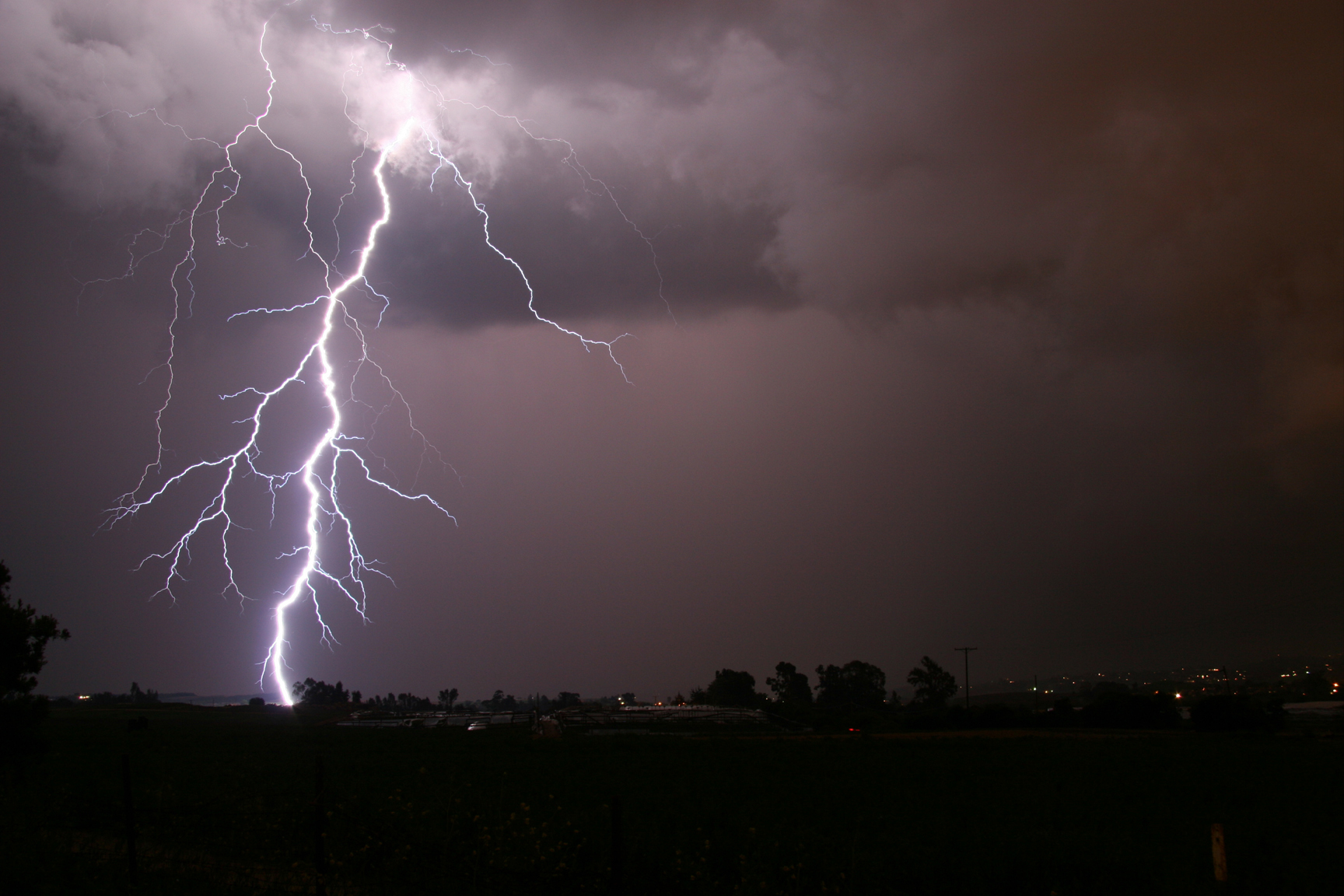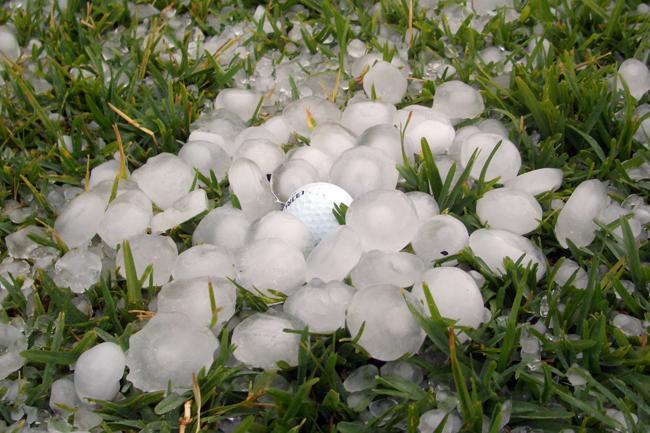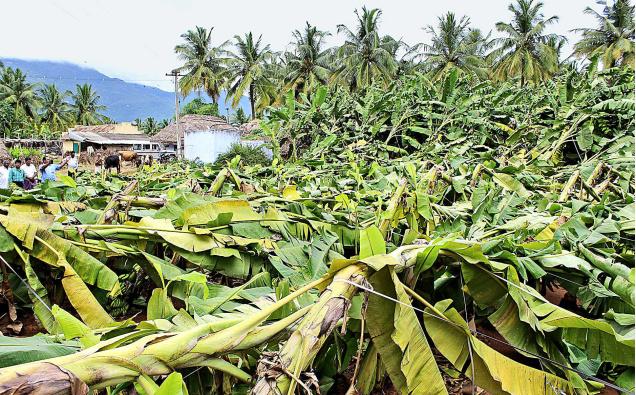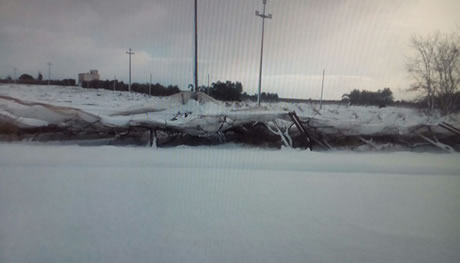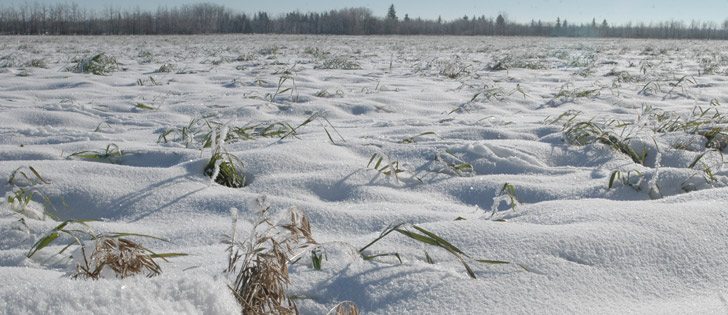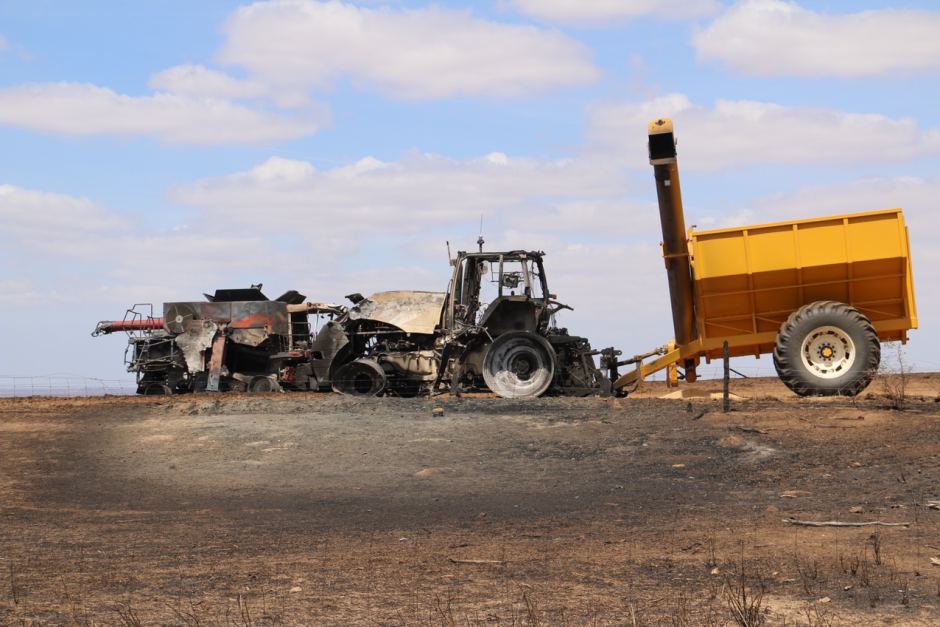Map shows extreme weather threats facing wine regions
Researchers reveal how global warming will change what we drink (and could make England and Canada major producers).
Researchers investigated how 7,500 regions in 131 countries are affected
Two wine regions in Argentina are exposed to the highest risk worldwide
Events such as frost, hail, forest fires, earthquakes, drought and floods make the worldwide wine industry lose more than $10 billion every year
Climate change will affect the wine industry, with a shift of wine-growing regions southward and northward, and some regions close to the equator lost
Every year, the worldwide wine industry suffers losses of more than $10 billion due to extreme weather events and natural disasters such as frost, hail, drought and forest fires.
Scientists investigated the extent to which 7,500 wine regions in 131 countries are affected by these events and how climate change affects the wine industry.
They've release a global risk index map for wine regions, and found that the wine regions of Mendoza and San Juan in Argentina are exposed to the highest risks worldwide.
Map showing a global risk index for wine regions. The wine regions of Mendoza and San Juan in Argentina are exposed to the highest risks worldwide
A multidisciplinary European-Australian team of researchers led by Dr James Daniell of Karlsruhe Institute of Technology (KIT) conducted the study and presented their global risk index map for wine regions at the 2017 Annual Conference of the European Geosciences Union (EGU) in Vienna.
Early results of their study reveal that after Mendoza and San Juan in Argentina, the wine regions at highest risk due to extreme weather events are Kakheti and Racha in Georgia, followed by Southern Cahul in Moldova (number 3), Northwest Slovenia (number 4), and Yaruqui in Ecuador and Nagano in Japan (number 5).
The hail losses from 2012 to 2016 in some vineyards totaled 50 to 90 per cent of the value of the crop and caused long-term damage to many old vines
According to the researchers, there is no wine region in the world that is not exposed to extreme weather or natural disasters.
Events such as frost, hail, forest fires and earthquakes make the worldwide wine industry lose more than $10 billion every year according to conservative estimations.
'Cold waves and frost have a large impact,' said Dr Daniell.
He said that hailstorms are one of the largest yearly natural threats to European winemakers, and traditional wine countries like France and Italy have seen huge losses in the past five years due to hail and frost, with many losses being recorded in the regions of Burgundy and Piedmont.
Traditional wine countries like France and Italy have seen huge losses in the past five years due to hail and frost, with many losses being recorded in the regions of Burgundy and Piedmont
While frost is considered harmful to wine grapes, a type of wine called 'ice wine' relies on frozen grapes to achieve its sweet flavor. Pictured are red grapes covered by frost in Moravia, Czech Republic
The hail losses from 2012 to 2016 in some vineyards totaled 50 to 90 per cent of the value of the crop and caused long-term damage to many old vines.
But it's not just Europe that is affected by hail - all over the world, wine-growing regions are affected by at least one hail event per year.
According to Dr Daniell, hail nets can save the crops in most cases.
'Cost-benefit analyses generally show that the premium wines should be the ones covered by hail nets, with insurance or other cheaper methods used for other wines,' he said.
Earthquakes too can have a major impact and knock out the infrastructure of entire wine regions.
The top five wine countries/states at risk of earthquakes are: California, Chile, Japan, Turkey, and Greece and Albania
For example, over 125 million liters of wine were lost in Chile in 2010, mainly due to the failure of steel tanks.
'Earthquake-resistant design could have saved many millions of liters,' Dr Daniell said.
A few dollars investment in stabilization mechanisms such as quake wax, which is used to non-permanently stick down small objects to down objects to prevent them from falling during an earthquake, can often save millions of dollars worth of losses.
The top five broad wine regions affected by bushfires are: South Africa (Orange River, Olifants River), Portugal (Alentejo, Alto Tras-os-Montes), Chile (Valparaiso, Bio-Bio). Australia (Tumbarumba, Yarra Valley), and Kazakhstan (South) and Moldova
Climate change will also have both positive and negative effects on wine industry, according to the study.
Researchers expect a shift of wine-growing regions southward and northward, while some regions close to the equator may be lost.
'The English, Canadian, and Northern China wine regions will likely increase production markedly and continue to improve their market share and quality of production,' said Dr Daniell.
The researchers expect that many wineries will master climate changes by changing grape varieties and using innovative technologies to improve production and reduce damage due to pathogens and extreme weather events.
Map showing grape wine production in liters per year. The countries that product the largest volumes of wine include France, Italy, Spain, Portugal, South Africa, the US, Chile, China and Australia
THE GLOBAL THREATS TO WINE
The top 5 biggest wine producers and their main threats:
Italy - 4.9 billion liters - hail, frost and earthquake (although volcano, flash flood, flood and climatic effects also can play a role).
France - 4.2 billion liters - Frost, hail, storm
Spain – 3.8 billion liters – NW Hail, Frost, Heat
United States – 2.25 billion liters (2016, OIV) – Frost, Earthquake, Storm
Australia – 1.25 billion liters – Frost, Storm, Hail, Bushfire
The researchers also studied other risks facing the wine industry, such as bushfires, which cause smoke to taint vines, and they're exploring the effects of floods too.
The top five broad wine regions affected by bushfires are: South Africa (Orange River, Olifants River), Portugal (Alentejo, Alto Tras-os-Montes), Chile (Valparaiso, Bio-Bio). Australia (Tumbarumba, Yarra Valley), and Kazakhstan (South) and Moldova.
They said that the major volcanic eruption would likely cause the largest global impact to the wine industry.
'Through detailed natural hazard analysis, research can help winemakers and governments alike to prepare adequately for the natural hazards that they face and to reduce losses,' Dr Daniell said.
Source - www.dailymail.co.uk



